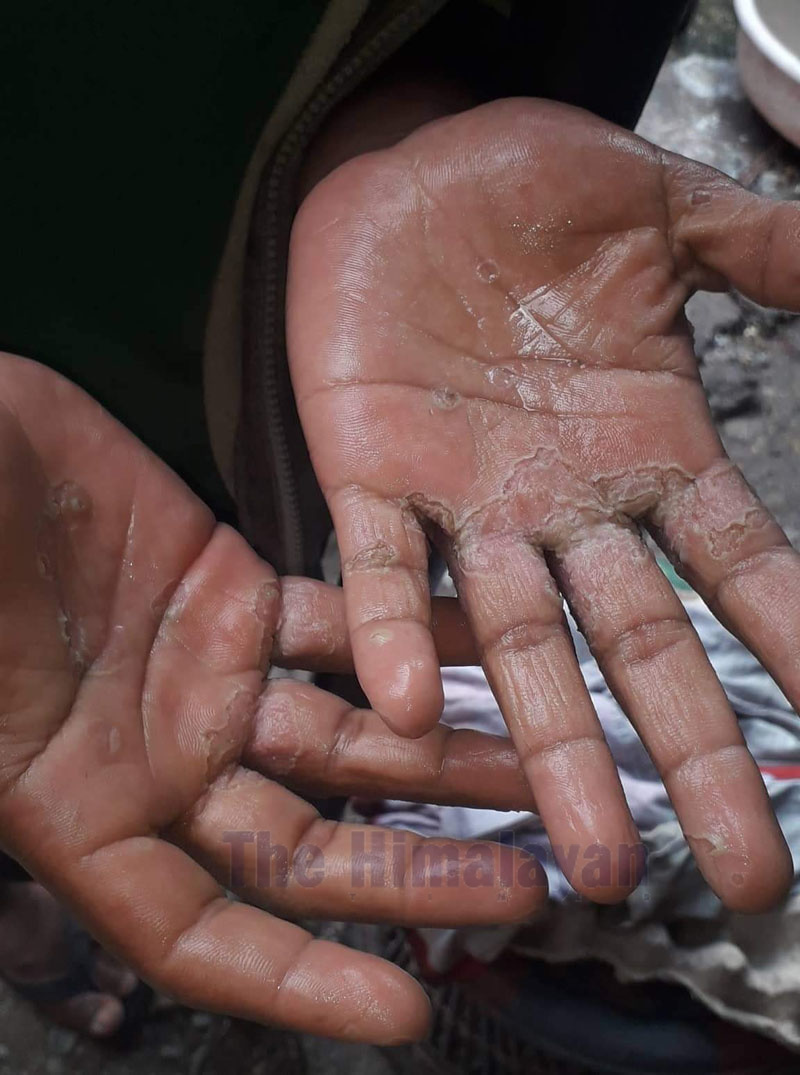The changing form of child labour
POKHARA: Authorities managed to rescue six children employed in hotels and restaurants of Pokhara in mid-2019. They were rescued and handed over to their relatives.
Curtailed childhood continues for many as they work hard in exchange of very low remuneration. Their hands and feet are visibly worn-off owing to harsh chores, including washing dishes.
Dr Shiva Sharma, who has been studying child labour in Nepal for a very long time, says, about twenty years back, wealthy families considered keeping young house helps a matter of pride, but not anymore. In recent times, household child labour is found to be declining on the graph.
But this has not reduced child labour in the larger picture. Child labour seems to have just changed its form. Dr Sharma informed, "Children are still very much part of the workforce in tea shops, car repair centres, brick kilns, hotels, restaurants, illegal trades, among other sectors."
However, actors working against child labour have remained active on the ground fighting for children's rights. Due to the participation of government and non-government organisations, many working children now go to schools, which has helped in bringing down child labour, said stakeholders.
United Nations Children's Fund (UNICEF) representative Shiva Dangol said that it is sad to see the increasing number of child workers, doing risky jobs, in urban areas. Currently, UNICEF is conducting programmes against child labour in 15 municipalities where there are higher number of child labourers, stated Dangol, adding that the results have been effective.
Evaluation was carried out for UNICEF programme against child labour in six out of the 15 local levels. Pokhara and Bharatpur Metropolitan Cities, Birgunj and Nepalgunj Sub-metropolitan Cities, and Rajbiraj and Tulsipur Municipalities were selected for the study, said Bindu Sharma Poudel, one of the researchers.
Data was collected through interviews from 3,016 households with children belonging to the age group of 5-15 years, informed Poudel. According to the study report, 2.94 percent of children work as laborers. Those belonging to the age of 14-15 years are found to be most active. "About eight percent of children are supporting their families by performing household chores and most of such families are unaware of the legal age to start working. Similarly, 66 percent of respondents were unaware of the fact that they might face legal action if involved in child labour at all.
Law prohibits young children from being exploited. Legally, a person can face imprisonment up to three months or a fine of Rs 10,000 or both for engaging a child in work. Similarly, anyone who engages a child in hazardous work shall be liable to imprisonment of one year or Rs 50,000 fine or both.
(Translated by Madhavi Marasini, Edited by Priyanka Adhikari)






